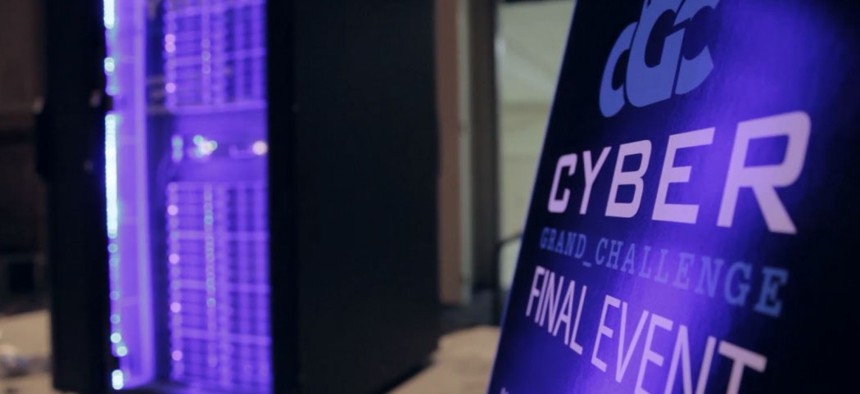Cyber Challenge targets Internet of Things security
DARPA looks to demonstrate automated cybersecurity during an all-machine hackathon.
Billed as the first "all-machine hacking tournament," next month's Cyber Grand Challenge sponsored by the Defense Advanced Research Projects Agency will seek to demonstrate that cyber defenses can be automated as more infrastructure is networked via an Internet of Things.
The DARPA event scheduled for Aug. 4 in conjunction with the annual DEF CON hacking convention in Las Vegas will pit seven teams and their high-performance machines against each other in a computer security format known as "Capture the Flag."
DARPA officials said their goal is to "create public proof" that cyber defenses can be automated using machines capable of spotting and fixing software bugs in real time. The emerging subset of artificial intelligence known as machine learning is increasingly being used in fields like big data to automate labor-intensive, often tedious steps in the data analytics process.
The need to spot and repair software glitches is increasing exponentially as more sensors and smart devices are connected. Cyber security specialists worry that connected infrastructure such as power grids could prove vulnerable to hacking. Hence, DARPA is putting up $4 million in prize money for seven teams that will monitor their machines as they crunch data to find protected files on competitors' networks.
Mike Walker, DARPA's program manager for the Cyber Grand Challenge, noted the exponential rise in the amount code written is expected to reach 1 trillion lines by the middle of this century. "That does not count the number of times those lines have been replicated, turned into binary code, stamped into chips that can no longer be updated," Walker said. "And those chips have been put into 'things' and those 'things' have been distributed around the world."
Hence, the agency warns, the number of potential vulnerabilities is staggering, requiring some form of automation that can be scaled to handle the soaring workloads.





